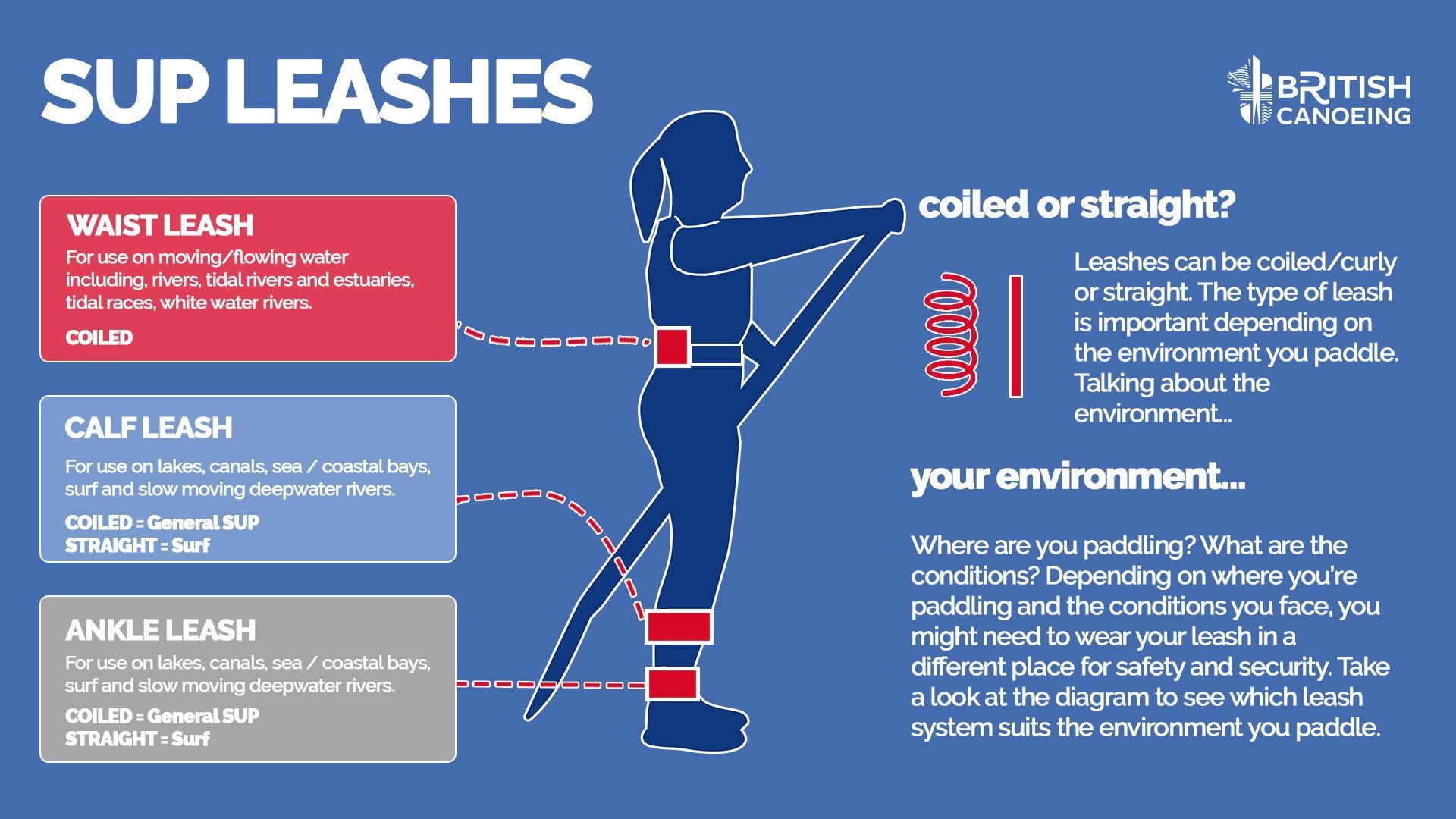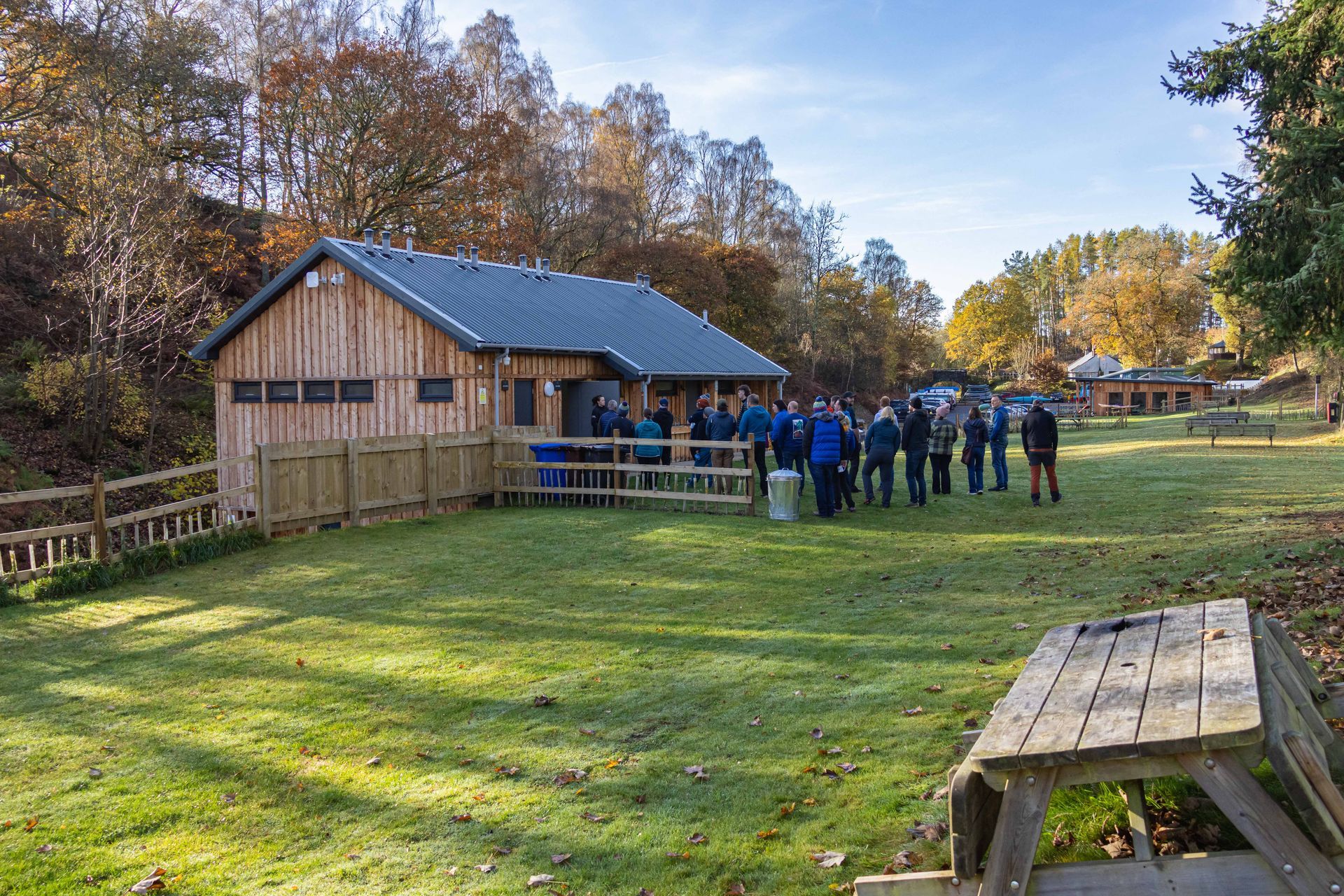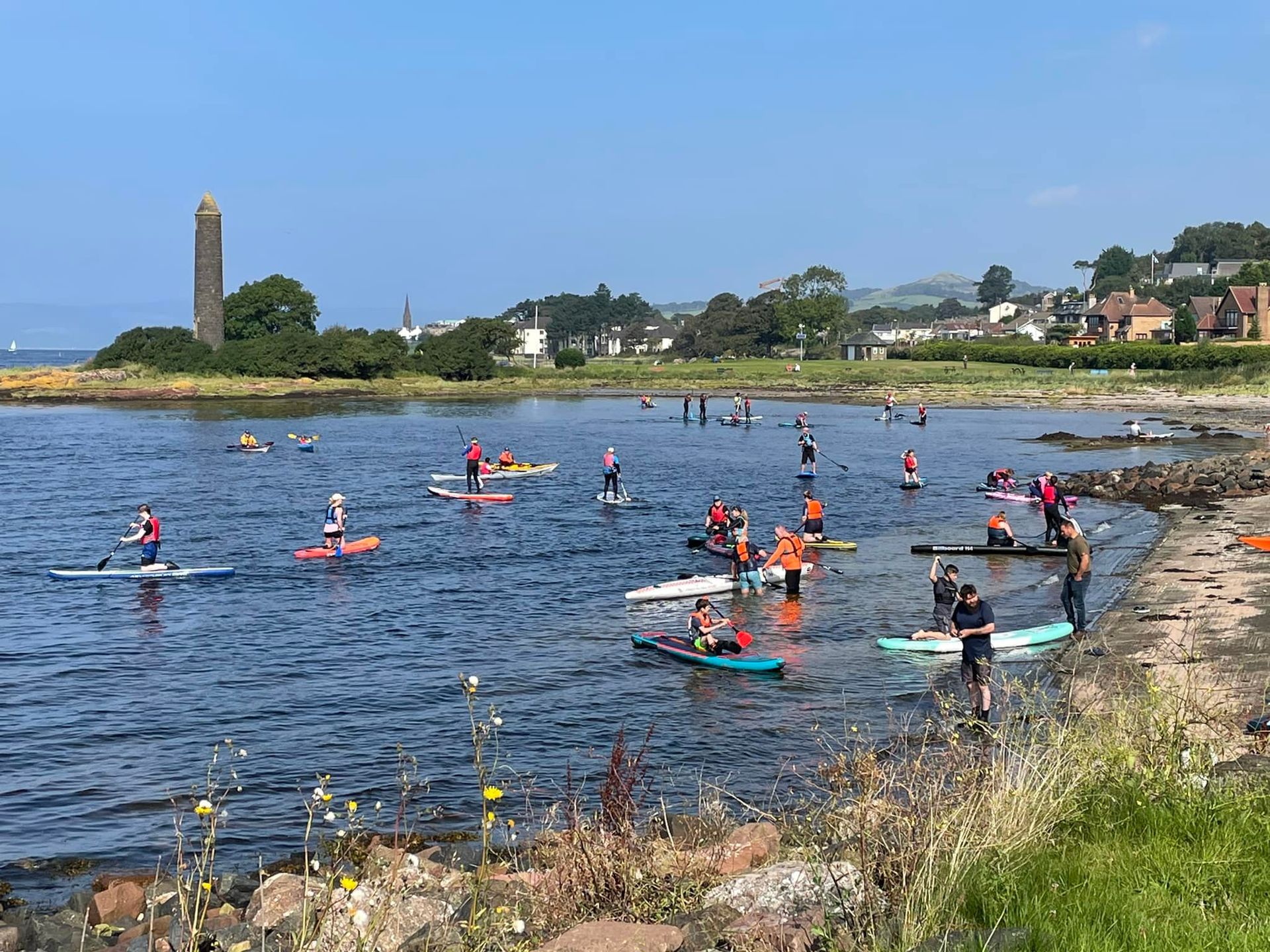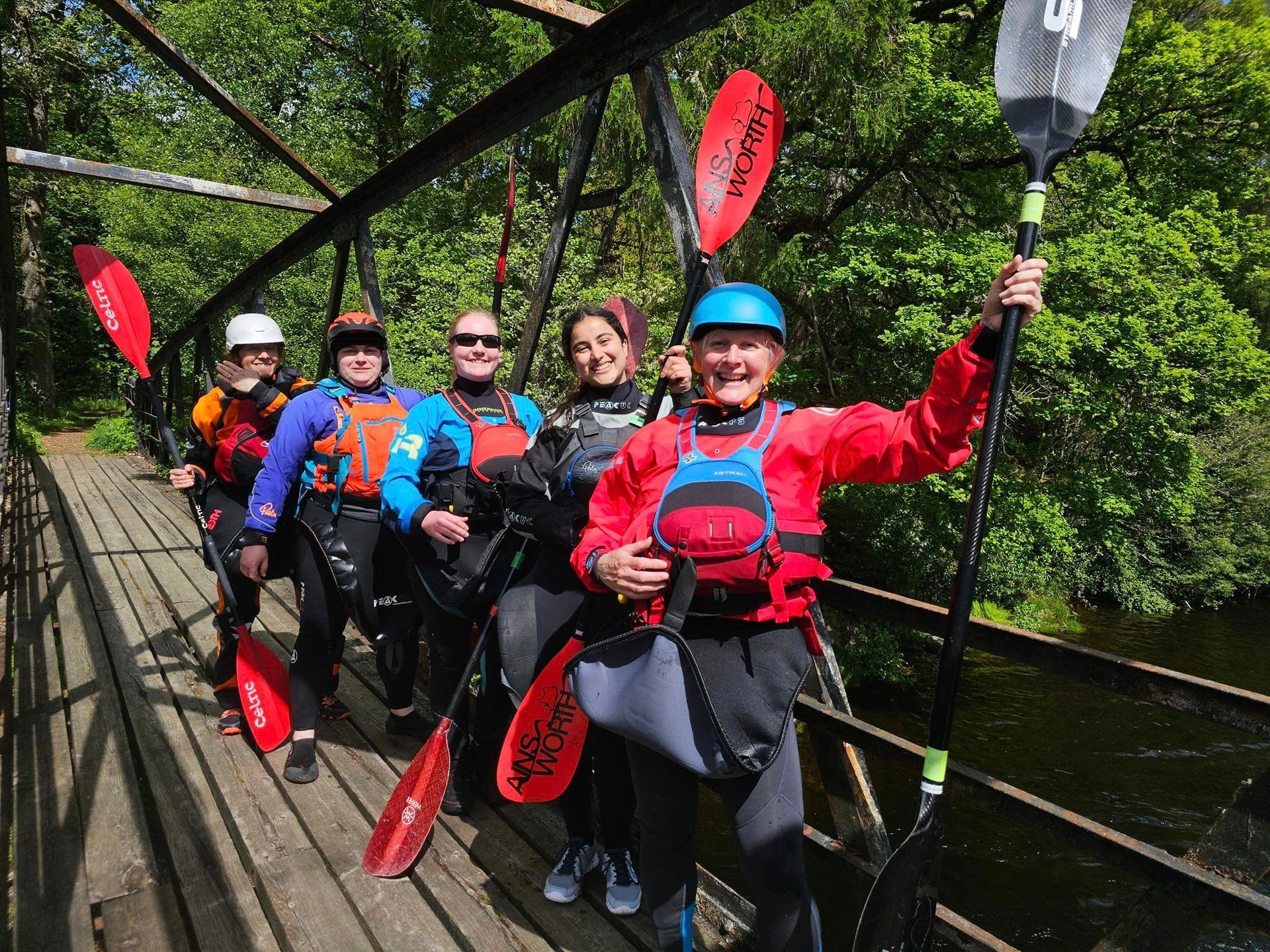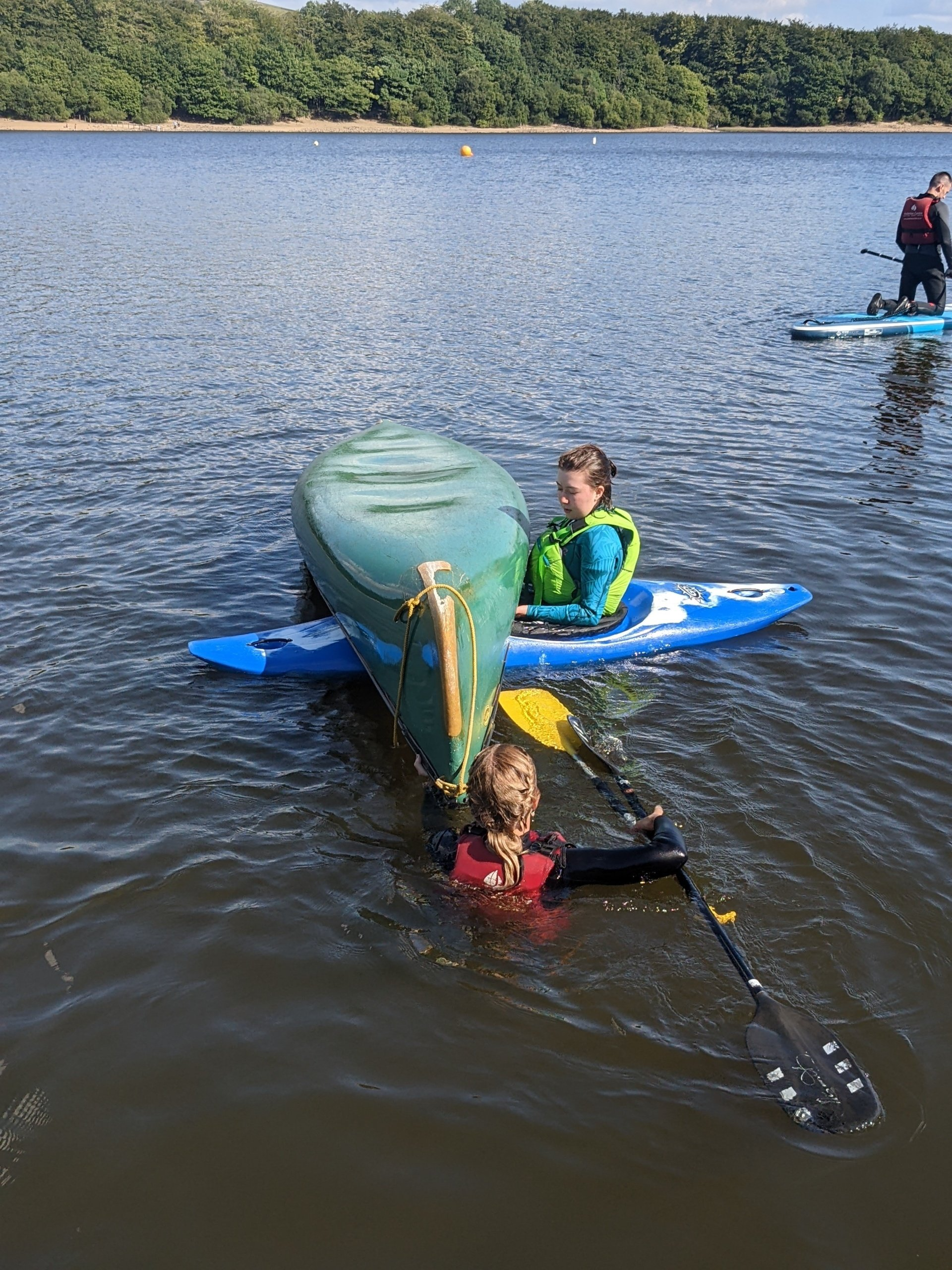Stand Up Paddleboard leashes - which one’s right for you?
Before we start, why is it important to understand the difference between stand up paddle board leashes?
Although it might sound like we’re banging the drum of the safety police, this is really quite important. If you end up in the water wearing the wrong leash on moving water i.e. flowing rivers, tidal rivers or in tidal races, this can cause the leash to become snagged or caught on obstacles and to become entangled. I’m sure you don’t need to be a rocket scientist to understand that this is dangerous.
So, stand up paddle board leashes… which one is best?
Well the first thing to note, is there is no one size fits all here. The environment where you are paddling is the biggest indicator as to what type of leash you should use.
Before we delve into the different types of leash, there’s also the consideration for straight or coiled leash lengths.
- Coiled. The length of the leash will be coiled – much like a spring. You would use a coiled leash lengths for more general SUP use.
- Straight. Easy to spot, the straight leash is just one continuous length. You would use a straight leash mainly for surfing.
Now we’ve looked at the difference between coiled and straight, let’s delve into the nitty gritty. Ankle, calf or waist?
- Ankle Leash – Suitable environments for use: Lakes, canals, sea / coastal bays, surf and slow moving deepwater rivers. These are the most common leash, they often comes with your board if you buy a package. They are easy to wear and to fit. Always attach them to the same leg each time you paddle, that way you will always know where to release them if needed.
- Calf Cuff/Knee Leash – Suitable environments for use: Lakes, canals, sea / coastal bays, surf and slow moving deepwater rivers. These are similar to an ankle leash but the cuff attachment is slightly larger and fits just below your knee. Some people may prefer this type of leash for ease of attachment but the environments in which they should be used are similar.
- Waist Leash & quick release belt – Suitable environments for use on moving/flowing water including, rivers, tidal rivers and estuaries, tidal races, white water rivers. A waist leash is connected to a waist belt with a quick release buckle or fastening. It can be easily reached if you come off your board and are caught or held by the force of the water. When fitted and used correctly it releases you from your board and leash attachments freeing you from any dangerous entanglement. It is normally worn around your waist and below the level of your buoyancy aid or pfd. It can also be worn on top of your buoyancy aid if fitted high on the chest. You can attach the cuff from a curly leash, which would normally attach to your ankle or calf, to the waist belt too.
Confused? The diagram below might help too!
Looking for more information on staying safe while SUP’ing? Click here for a safety checklist.

